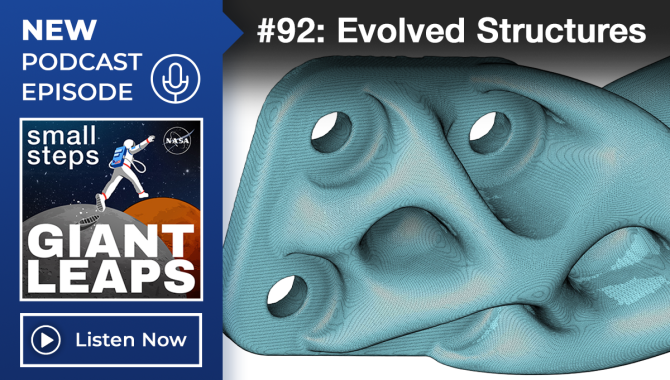
NASA Research Engineer Ryan McClelland discusses digital engineering technologies that are transforming classical engineering tasks and processes.

NASA Research Engineer Ryan McClelland discusses digital engineering technologies that are transforming classical engineering tasks and processes.
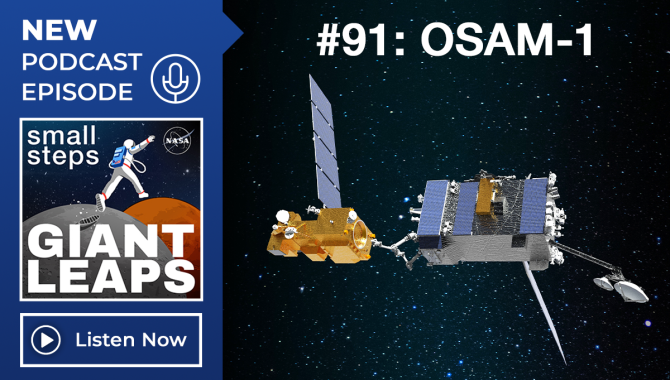
OSAM-1 Lead Systems Engineer Wendy Morgenstern discusses NASA’s On-orbit Servicing, Assembly, and Manufacturing 1 mission to robotically refuel a satellite that wasn’t designed to be serviced.
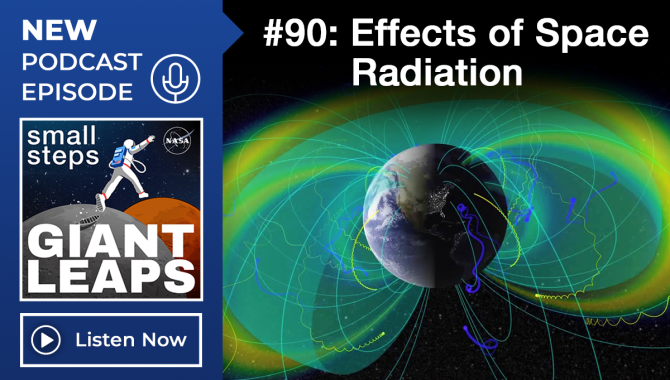
NASA Space Radiation Element Scientist Robin Elgart discusses research aimed at reducing radiation health risks.

Boston University Assistant Professor Virginia Greiman discusses enduring lessons from the largest, most technically challenging highway project in U.S. history.
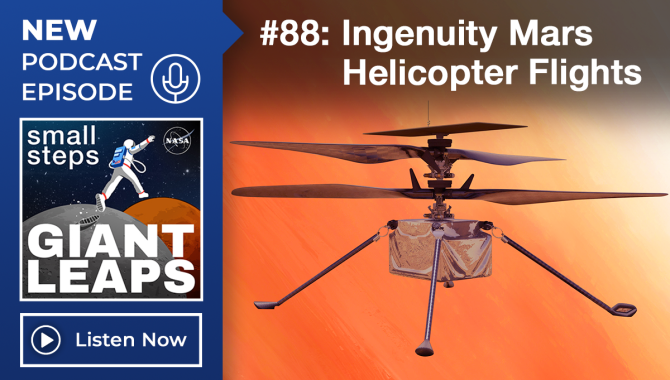
Ingenuity Mars Helicopter Chief Pilot Håvard Grip discusses the rotorcraft’s history-making flights on the Red Planet.

NuSTAR Principal Investigator Fiona Harrison discusses NASA’s Nuclear Spectroscopic Telescope Array.
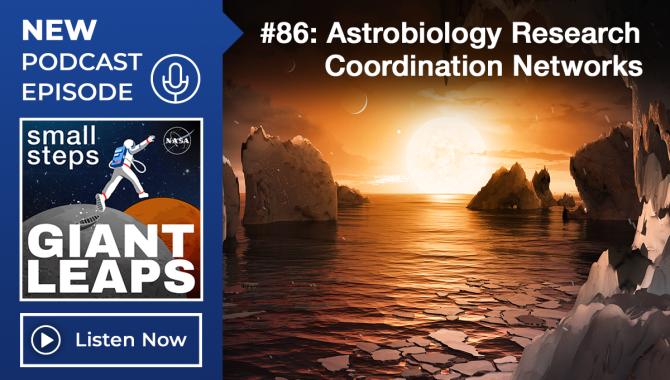
NASA Astrobiology Program Senior Scientist Mary Voytek discusses Research Coordination Networks.
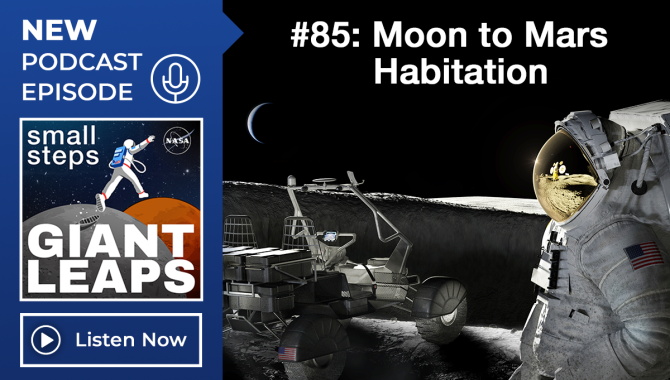
NASA’s Tiffany Nickens discusses habitats being developed for living on the lunar surface and traveling to Mars.
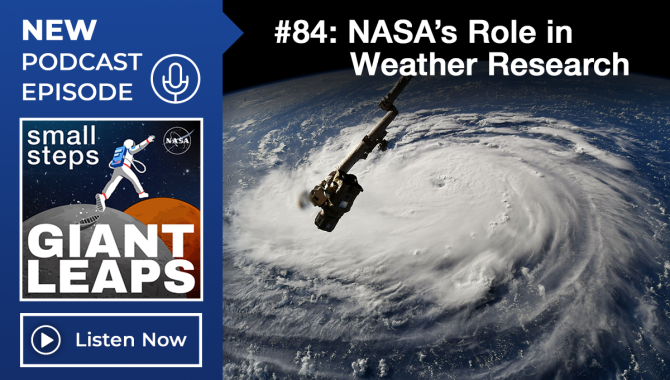
NASA’s Edward Kim and NOAA’s Pam Sullivan discuss NASA’s role in weather research.